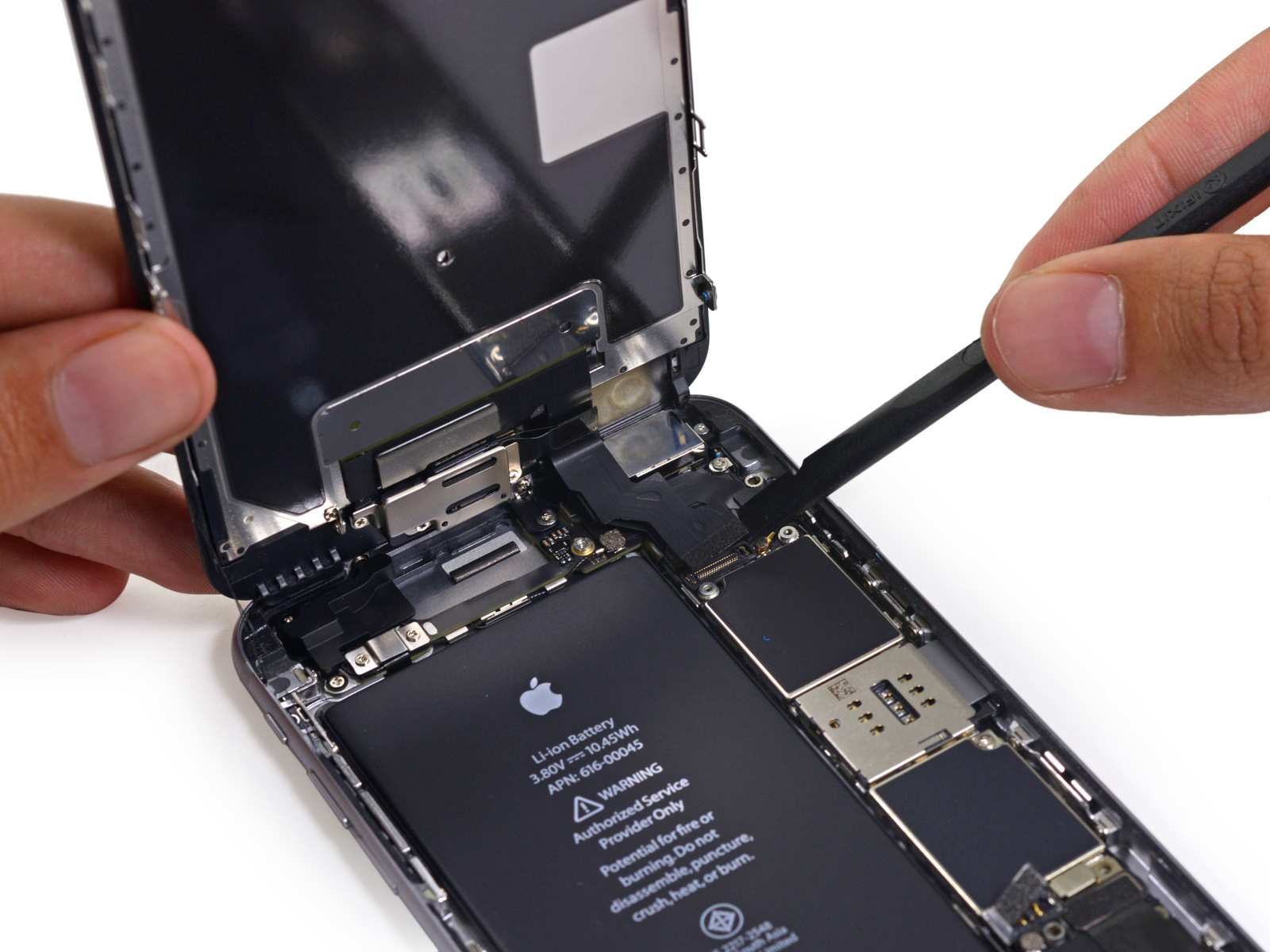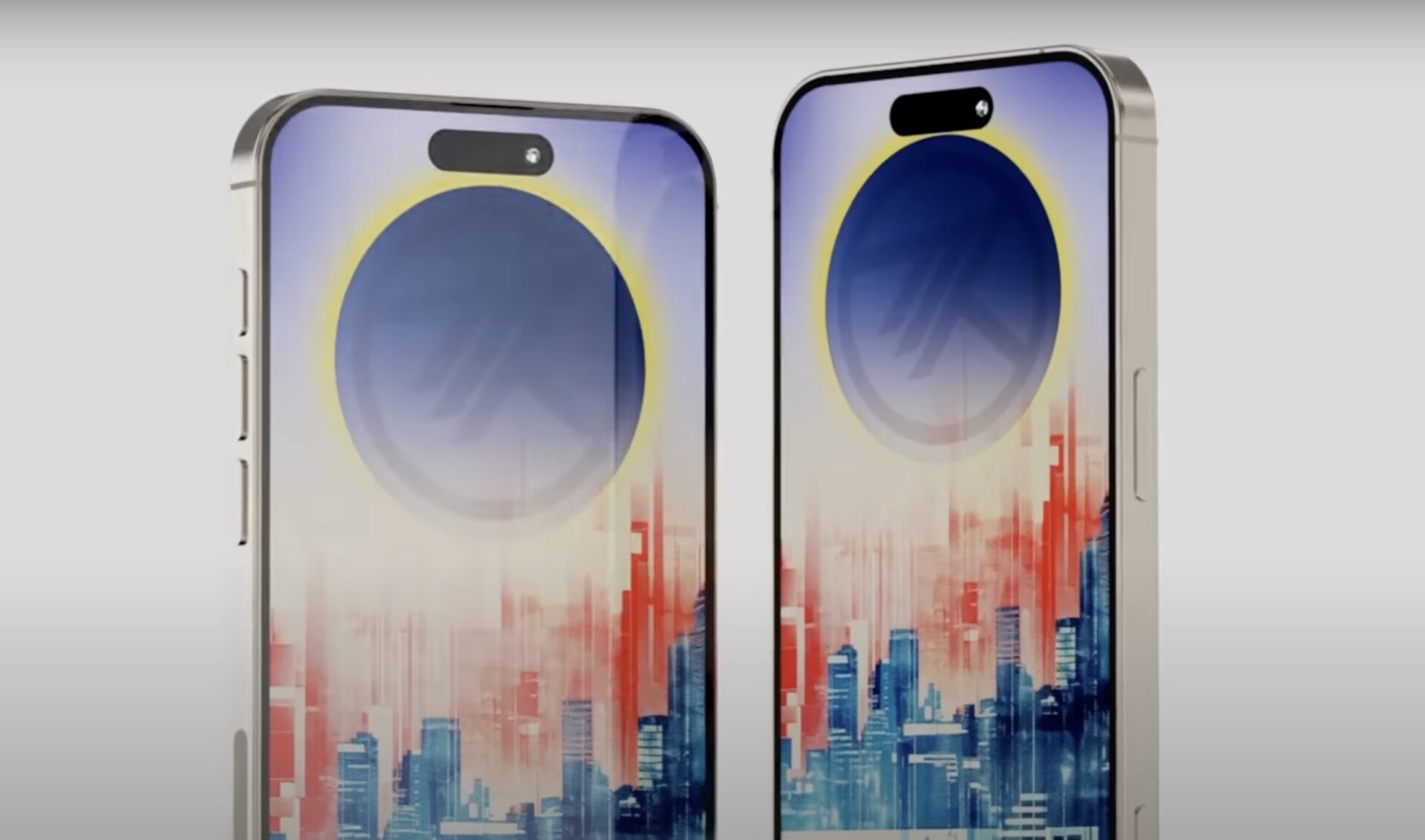
iPhone 6s Plus Teardown Reveals Heavier Display Assembly, Smaller Battery, and More

Following the iPhone 6s teardown, the iFixit team has started dissecting the iPhone 6s Plus as well. Since the device is now available for purchase in 12 countries, it is worth knowing what’s under the hood, especially if you are after this model.
First things first: As Apple already has revealed on its website, the devices are a bit heavier than the previous version. There are various reasons for this, and one of them is the display. With the iPhone 6s and 6s Plus, Apple has introduced 3D Touch technology, a new way of interacting with the phone.
Thanks to this technology, the display assembly is heavier. The iPhone 6s Plus display now weighs in at 80 grams, while last year’s model weighed only 60 grams. That’s a 33% increase in weight.
The Taptic Engine in the 6s Plus measures 15 × 8 x 4.9 mm compared to the 35 × 6 x 3.2 mm of the 6s. iFixit guesses that the reason for the smaller footprint is that Apple didn’t want to shave off too much from the already scaled down battery.
In line with previous rumours, the battery capacity is smaller at 2750 mAh, a slight, 165 mAh decrease compared to last year’s model.
Here are some of the chips found inside the iPhone 6s Plus:
– Apple A9 APL0898 SoC + Samsung 2 GB LPDDR4 RAM (as denoted by the markings K3RG1G10BM-BGCH)
– Qualcomm MDM9635M LTE Cat. 6 Modem (vs. the MDM9625M found in the iPhone 6)
– InvenSense MP67B 6-axis Gyroscope and Accelerometer Combo (also found in iPhone 6)
– Bosch Sensortec 3P7 LA 3-axis Accelerometer (likely BMA280)
– SK Hynix H230DG8UD1ACS 16 GB NAND Flash
– Universal Scientific Industrial 339S00043 Wi-Fi Module
– NXP 66V10 NFC Controller (vs. 65V10 found in iPhone 6)
– Skyworks SKY77357 Power Amplifier Module (likely an iteration of the SKY77354)
– NXP 1610A3 (likely an iteration of the 1610A1 found in the iPhone 5s and 5c)
– Apple/Cirrus Logic 338S1285 Audio IC (likely an iteration of the 338S1202 audio codec found in the iPhone 5s)
The iPhone 6s Plus scored a reparability score of 7 out of 10 (with 10 being the easiest to repair), firstly, because the display assembly is the first component out, so it makes screen repairs easier; and secondly, because the battery is straightforward to access. On the downside, iFixit notes that Apple still uses proprietary Pentalobe screws on the exterior, which require a special screwdriver.

